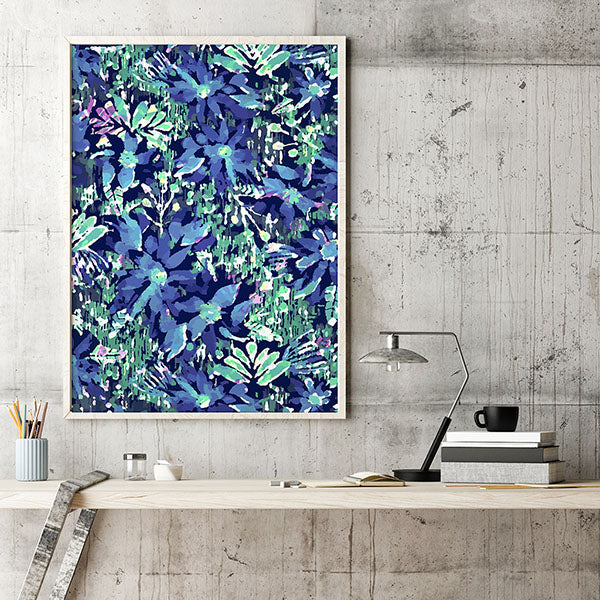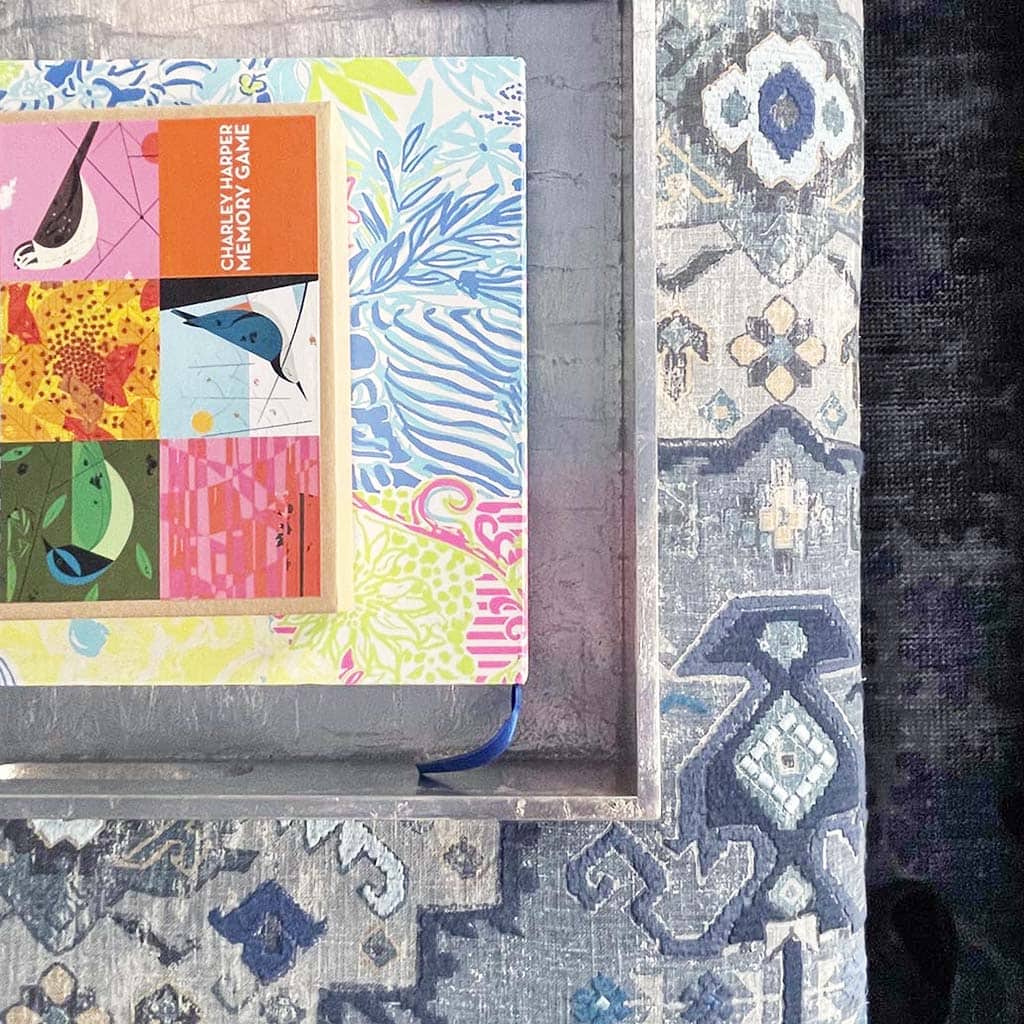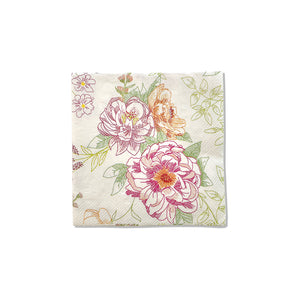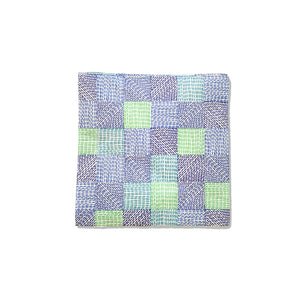ART LICENSING EXPLAINED
I’ve written about Art Licensing for Small Business on my blog before, but I’ve never explained how art licensing works. Today is the day! (Note: I’ll get back to my Plan Your Week for Success series later this week).

I’ll get right to it. Art licensing is when an artist or designer grants usage rights for a piece of artwork to a company for a specific product or purpose. Often the terms are defined by time, market, or quantity of products. The key difference between art licensing and outright artwork sales is that the artist keeps the copyright when they license artwork.
Some people think, “Art licensing is only necessary when you want to use Disney characters or other famous images.” Wrong! Today I want to open your eyes to the benefits of art licensing for companies and artists alike.
In my experience, many companies source artwork for their products on speculation. They will buy the rights to designs at shows and then figure out how to use the artwork later. Many designs have been sold outright and end up in a drawer or on a backup disk somewhere. They never get used! When your creative staff changes, their tastes and vision seldom align with the creatives who came before them. They might not see that artwork as something that aligns with your brand. Or maybe that trend passed. For whatever reason, it’s money tied up in unused artwork. You’re not getting that back!
What if your team only paid for artwork your company needs while you need it?

When a company licenses artwork instead of purchasing it outright, the fee structure will be different, and in most all cases a lot less than an outright purchase. Since the usage is typically very clearly defined, your company will only be paying for the artwork to be used under those terms. If it's a massive success, you can request to license the image for other products, or even other images that the artist has available. If it's not the perfect fit, or doesn't sell well, you just let the license expire and move on.
What about the artist? What if they had a great vision for that work and your company was the first to come along and speculate on it and purchase it outright. When it doesn't work out or even make it to your product line, the artwork will likely never see the light of day again. If the artist had licensed this work, it would have forced your team to think and plan for a specific use before plunking down cash (which should always be the case). It would also mean that the artist still owns the rights to that work and can license it in other markets or even the same market after your license has expired, which is a win-win. The perfect artwork for another company won’t sit dormant in your files.
If you think art licensing is too complex, check out Art Licensing for Small Business. Flat-fee licenses and other arrangements are made for smaller companies or those not accustomed to dealing with ongoing royalty payments. The beauty of licensing is that it’s flexible, and we can develop creative solutions that ensure that artists are fairly compensated. At the same time, businesses don’t overpay or purchase work they will never use. Keep good art out in the world. License it!


























